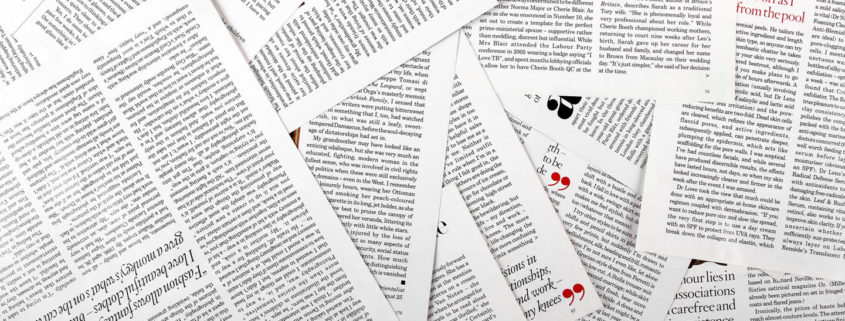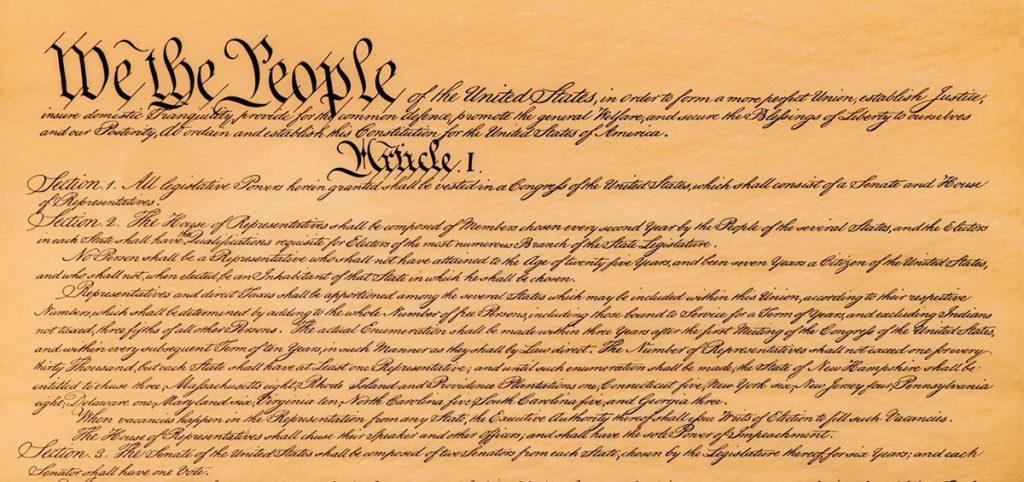Oh! what a tangled web we weave
When first we practise to deceive!
Mr Schiff opens up his latest economic video blog by discussing the recent interest rate hike by the Reserve Bank of New Zealand, to 3%, which followed a similar move, the day before, by the Reserve Bank of India, to 4.5%. He welcomes these upward moves and wonders when the same upward moves in interest rates will be carried out by the Federal Reserve in the United States.
“Don’t hold your breath,” he says, because the phoney US economy is on the artificial life support of zero percent interest rates; if the Fed pulls the plug, then the phoney economy will die. It needs to die, thinks Schiff, and needs to be replaced by a viable economy.
He then analyses the situation in terms of his fundamental view that a collapse in the value of the US Dollar is almost inevitable.
In terms of the housing market, Schiff thinks the Federal Reserve may be afraid of raising interest rates because many US banks are loaned out for 30-year terms at low interest rates (e.g. 4%) and if interest rates go up to perhaps where they should (e.g. 6%) then all of these banks will go bankrupt again and the Fed will come under massive political pressure to bail them all out for a second time with Ben Bernanke’s helicopter money.
Even if the Fed should send out a second wave of helicopters, a further problem emerges. When central bank interest rates eventually go higher, to something like 6%, although the current home owners may still be locked into 4% fixed-rate long-term loans, new potential home owners will be looking at 30-year loans at much higher rates (e.g. 8%-10%). Therefore demand for housing will collapse, along with house prices.
So not only will the banks need an immense second wave of helicopter bailouts to prop them up, their loans will then be held against collateral rapidly diminishing in value.
To this Gordian Knot, we can add the further Cat’s Cradle of the US government’s own need to keep interest rates low. Low rates enable it to keep rolling over its $13 trillion Dollars worth of debt, much of which is in one-year T-bills, with the total outstanding amount of explicit government debt expected to go over $18 trillion Dollars by 2014.
Hence, when the time comes to put interest rates up in Paul Volcker style to prevent the Dollar from collapsing, then the Federal Reserve will almost certainly lose its nerve and refuse to do the right thing. The Dollar will then collapse under the resultant runaway inflation.
Here’s the rub, thinks Schiff:
The sooner this crash is endured, the easier it will be to survive and the quicker the recovery will kick in once we have hit the true bottom. However, if the Federal Reserve is incapable of inducing this crash at the current time, due to political pressure, then the political pressure will be that much worse in a couple of years, when the repercussions of pricking the bubble will be even worse.
Hence, expect eventual runaway inflation and a collapse of the Dollar, as the Federal Reserve stands immobile, incapable of action.
The Fed has boxed itself in, says Schiff. Rates must go up but it cannot raise rates. The irresistible force has met the immovable object.
Expect fireworks when the force and the object clash, as one day they must.



Printing money to buy financial and other assets serves to support and/or inflate the price of these assets.
The FT’s feature this weekend in relation to the death of the US middle class quoted the interesting statistic that 90% of the US population has seen flat incomes since 1973.
They compensated for this with borrowing secured against property, and the result is that they are now in debt to the other 10%.
Precisely how are this 90% going to acquire the purchasing power to cause inflation in the absence of fiscal, rather than monetary, measures?